Don't hesitate to use the search engine which will allow you to find out about cosmetic components and to know the nature of each component and their function.
Here is the link to the site: https://laveritesurlescosmetiques.com/recherche-inci.php#
You can enter a word or just the first letters of the INCI name (of the component) and that's it!
Here is the analysis of the ingredients of a label received (without product name) in video:
https://www.youtube.com/watch?v=G-d1iC6EY1Y
Propylene glycol:
https://reptox.cnesst.gouv.qc.ca/pages/fiche-complete.aspx?no_produit=8235
Propylene glycol is used primarily in the manufacture of unsaturated polyester resins, as well as in the manufacture of dipropylene glycol and tripropylene glycol; it is also a component of many products such as:
- Antifreeze formulations (automobiles and light trucks)
- USP Grade Coolant (Dairies, Breweries, Groceries)
- Industrial grade coolant (industrial and commercial heating and cooling systems, heat pumps, etc.)
- Hydraulic fluids
- De-icing fluids (aircraft, runways)
- Liquid detergents
- Paints and varnishes (alkyd resin based)
- Lubricants
- Plasticizers (printing inks)
As a food, pharmaceutical, or cosmetic ingredient, propylene glycol is classified as "generally recognized as safe" (GRAS) by the U.S. Food and Drug Administration (FDA). It is therefore used as a solvent, emulsifier, humectant, emollient, and product preservative. May contain up to 0.002% acetic acid, 1.0 ppm chlorides, 0.5 ppm iron, 5 ppm heavy metals, and 3 ppm arsenic.
Panthenol:
https://incibeauty.com/ingredients/5791-panthenol
Panthenol is an alcohol widely used in cosmetics. This active ingredient is used in the formulation of shampoos and conditioners to make hair shiny and supple. Panthenol improves hydration, reduces itching and inflammation of the skin. It accelerates and improves the healing of epidermal wounds. It is often used in sunburn treatment products. When panthenol is applied topically, it penetrates the lower layers of the skin, is absorbed by skin cells, and converted into pantothenic acid (more commonly known as vitamin B5). It is this penetration that provides essential hydration. The ingredient does not occur naturally.
The following statement is made in compliance with the California Safe Drinking Water and Toxic Enforcement Act of 1986. This product may contain trace amounts of heavy metals (< 10 ppm) and arsenic (As) (< 10 ppm), which are known to the State of California to cause cancer, birth defects, or other reproductive harm.
Pentylene glycol:
https://www.lesielle.com/int/fr/pentylene-glycol-1295
Pentylene glycol is a solvent: it allows for the dissolution of more interesting compounds such as active ingredients. Finally, it has a slight emollient action, which earns it the label of skin conditioning agent, although this is not its primary criterion for use. Note that pentylene glycol can be of synthetic or natural origin. Also known for its antimicrobial properties. It offers a dual benefit: it protects the skin from harmful bacteria, which can otherwise cause body odor and acne problems on the skin. Second, it preserves the product from any microbial growth.
Dimethicone (silicone):
https://incibeauty.com/ingredients/16583-dimethicone
Dimethicone, also known as PDMS, is a silicone that is not subject to any European restrictions. It is also the most widely used silicone in cosmetic products. Its role is to produce a surface film around the hair and on the skin, to subsequently protect them (occlusive effect, with all that this can imply). It also brings softness to products and makes creams and shampoos pleasant to use. It is a bit like the "chemist's Swiss Army knife": It is used in almost every sauce, to make products shinier, more pleasant and therefore more saleable, or to compensate for the drying effect of certain ingredients such as surfactants.
This inert component poses no problem for human health; one can only wonder if its effect is not purely marketing and artificial. It is on the ecological aspect that the ingredient can have a very negative impact since it is very poorly biodegradable.
PEG-6 Caprylic/capric glycerides:
https://incibeauty.com/ingredients/15482-peg-6-caprylic-capric-glycerides
Synthetic emulsifying agent: Promotes the formation of intimate mixtures between immiscible liquids by modifying the interfacial tension (water and oil).
Madecassoside:
https://www.doctissimo.fr/beaute/ingredients-cosmetiques/madecassoside
Madecassoside is a molecule extracted from the Centella Asiatica plant, known for its anti-redness, anti-scaling, soothing and anti-inflammatory properties.
Phenoxyethanol:
Phenoxyethanol is a preservative that prevents the growth of microbes (bacteria, yeast, mold) in beauty products. It boosts other preservatives like ppg-6 and decyltetradeceth-30:
https://incibeauty.com/ingredients/1650-ppg-6-decyltetradeceth-30
- PEG/PPG, Ethoxylated compound, Glycol, Propoxylated compound, Synthetic polymer.
- Emulsifying agent: Promotes the formation of intimate mixtures between immiscible liquids by modifying the interfacial tension (water and oil)
- Surfactant: Reduces the surface tension of cosmetics and contributes to the even distribution of the product during use
Ammonium polyacryloydldimethyl taurate:
https://incibeauty.com/ingredients/9969-ammonium-polyacryloyldimethyl-taurate
- Synthetic polymer
- Emulsion Stabilizer: Promotes the emulsification process and improves the stability and shelf life of the emulsion
- Viscosity Control Agent: Increases or decreases the viscosity of cosmetics
Caprylyl glycol:
https://incibeauty.com/ingredients/16432-caprylyl-glycol
- Vegetable, Synthetic
- Emollient: Softens and softens the skin
- Hair Conditioner: Leaves hair manageable, supple, soft and shiny and/or adds volume, lightness and shine
- Humectant: Maintains the water content of a cosmetic in its packaging and on the skin
- Skin Conditioning Agent: Keeps skin in good condition
- Deodorant: Reduces or masks unpleasant body odors
Disodium Edta:
https://incibeauty.com/ingredients/14861-disodium-edta
EDTA (EDTA and its main salts used in cosmetics Disodium EDTA, Tetrasodium EDTA, Trisodium EDTA) is a chelating agent that has been used since the 1930s and for which manufacturers have completely mastered the processing and use. Its main property is to complex heavy metals. That is to say, it will in some way neutralize them by forming a complex with them, to then serve as a transporter and evacuate them. It is therefore quite logically used in medicine to combat heavy metal poisoning (lead for example).
It is often used as a sequestrant (calcium, limestone, etc.) in soaps and shower gels, in particular to manage "hard" water.
The ingredient does not pose a problem for human health, but its impact on the environment is disastrous: it is not biodegradable and is extremely harmful to nature. Sewage treatment plants do not retain it and let it leak into our rivers! The carbon filters in our drinking water are no more effective at stopping it (so we re-ingest EDTA/Iron complexes). The problem is ultimately that it carries heavy metals with it, whose final destination is unknown.
EDTA and its salts are prohibited in organic farming.
- Chelating Agent: Reacts and forms complexes with metal ions that could affect the stability and/or appearance of cosmetic products
- Viscosity Control Agent: Increases or decreases the viscosity of cosmetics
Butylene glycol:
https://incibeauty.com/ingredients/19700-butylene-glycol
Vegetable, Synthetic.
Butylene glycol is a petroleum-derived chemical compound often used as a humectant in skin care. It prevents the product from drying out and makes the formulation more resistant to moisture. In sensitive individuals, butylene glycol can be irritating to the skin, eyes, and nasal passages; however, it is considered the least irritating of all glycols. It may be approved for organic products when it is bio-sourced and obtained by fermentation from sugar.
- Humectant: Maintains the water content of a cosmetic in its packaging and on the skin
- Masking Agent: Reduces or inhibits the basic odor or taste of the product
- Skin Conditioning Agent: Keeps skin in good condition
- Solvent: Dissolves other substances
- Viscosity Control Agent: Increases or decreases the viscosity of cosmetics
Citric acid:
- Acidifier, PH adjuster
Glyceryl isostearate:
https://incibeauty.com/ingredients/4311-glyceryl-isostearate
- Emollient: Softens and softens the skin
- Emulsifying agent: Promotes the formation of intimate mixtures between immiscible liquids by modifying the interfacial tension (water and oil).

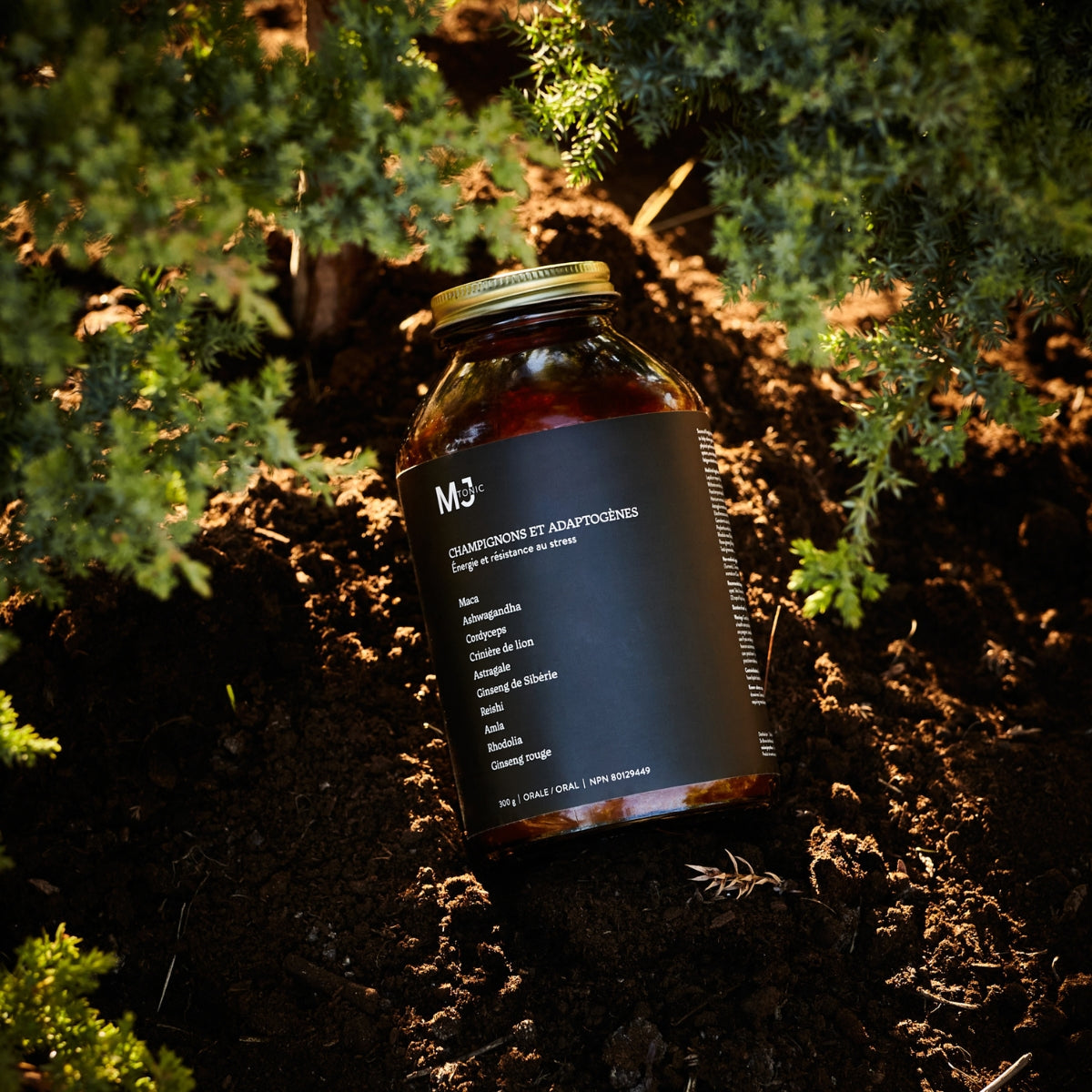

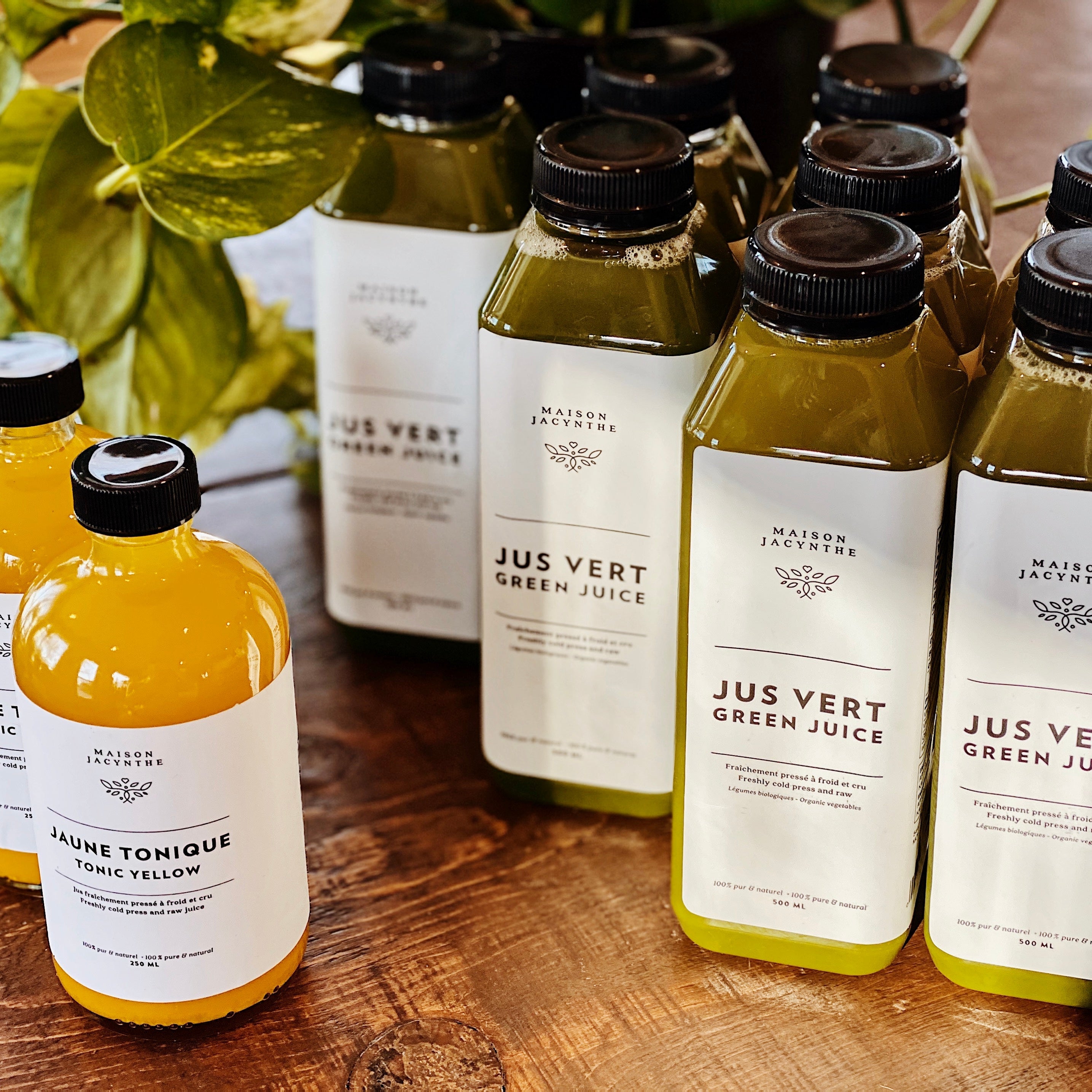
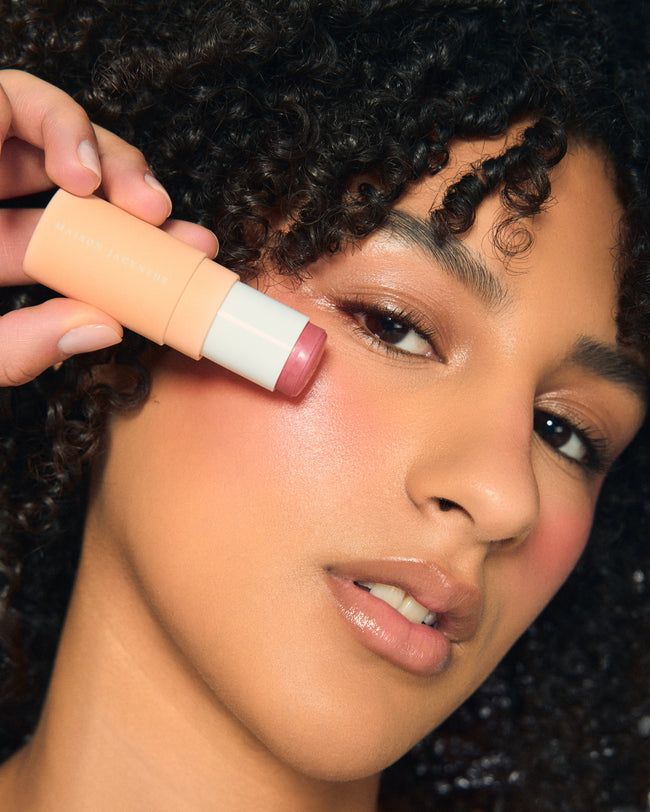
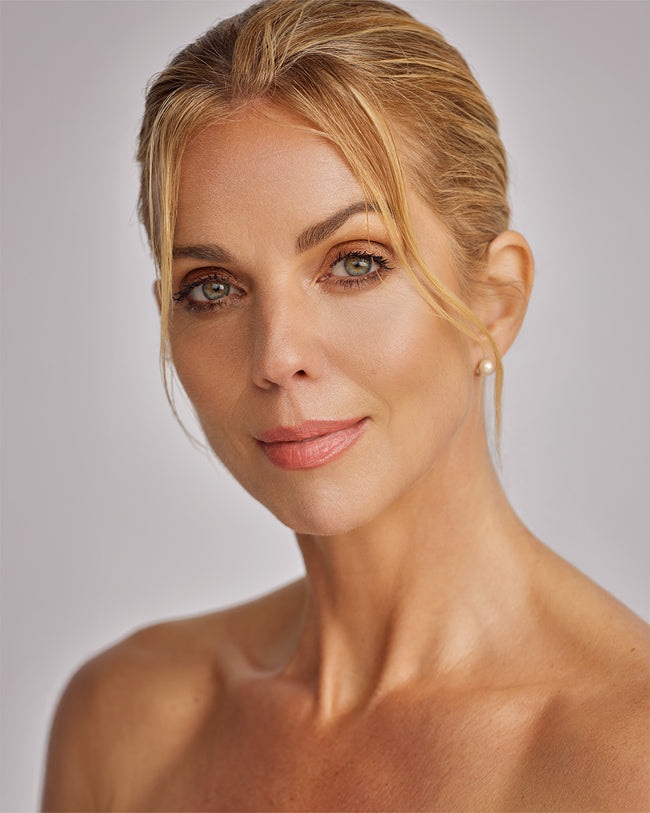
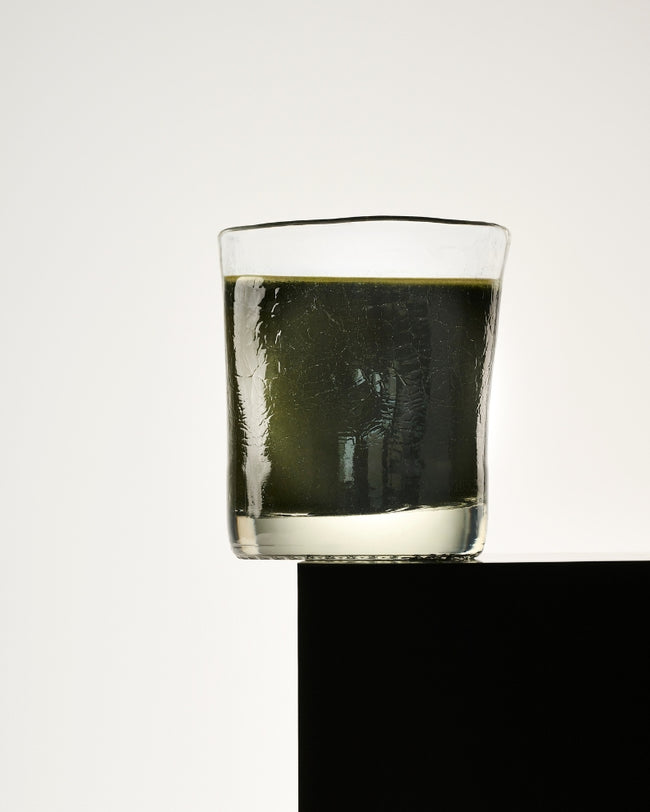
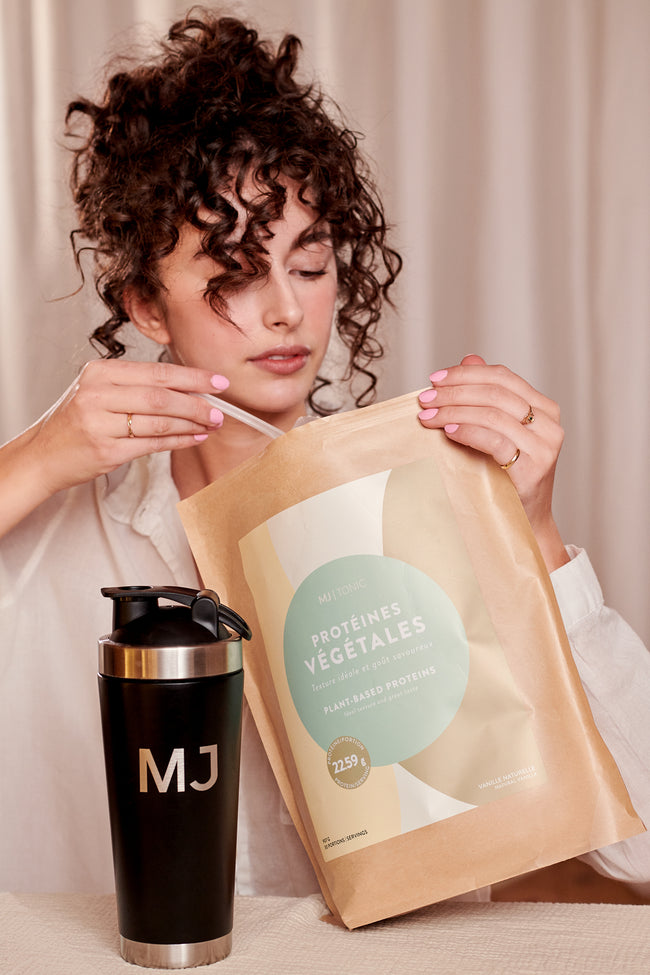
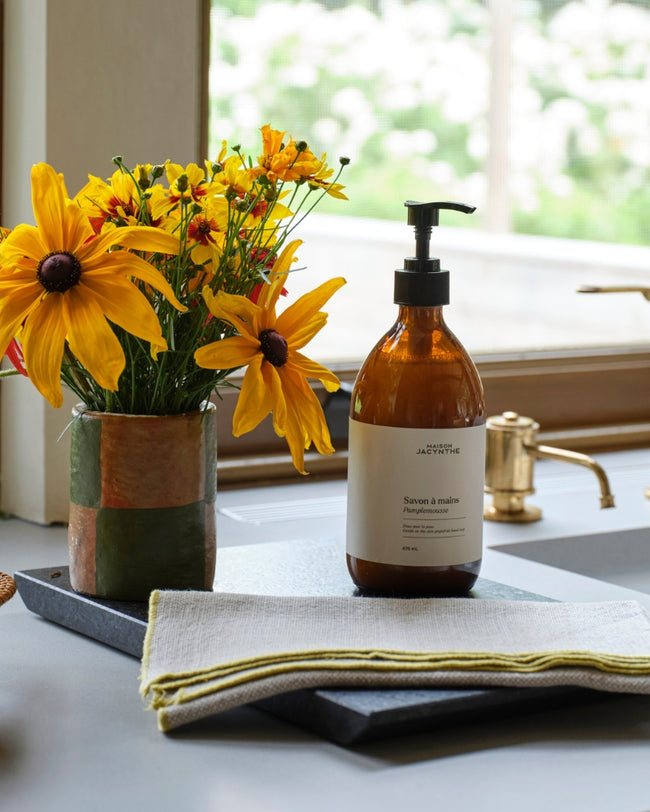

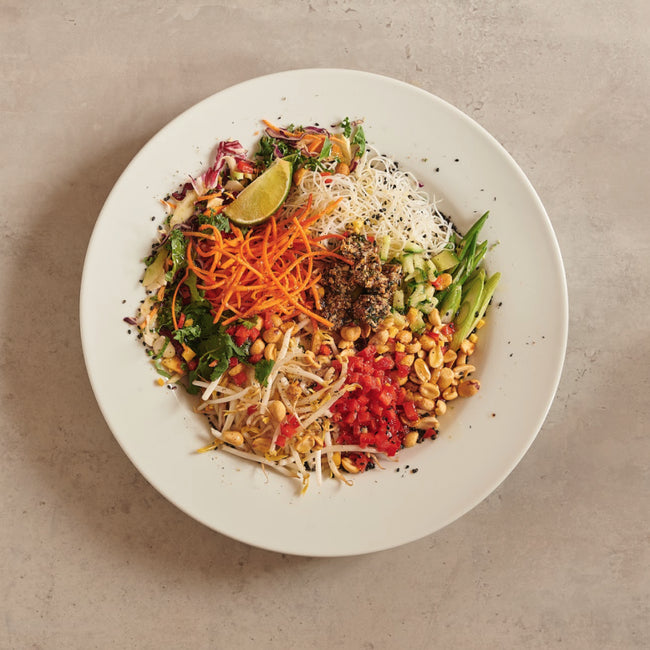

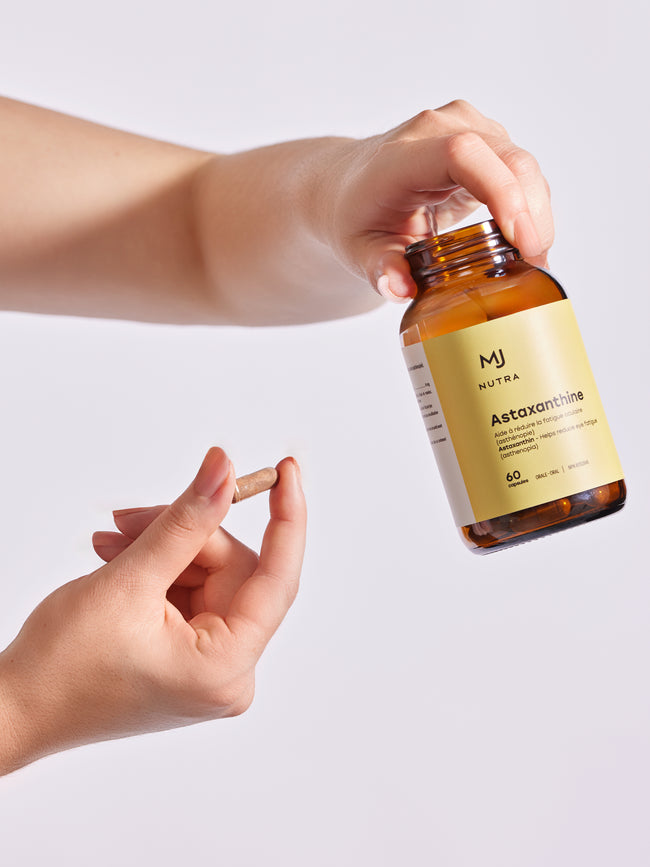









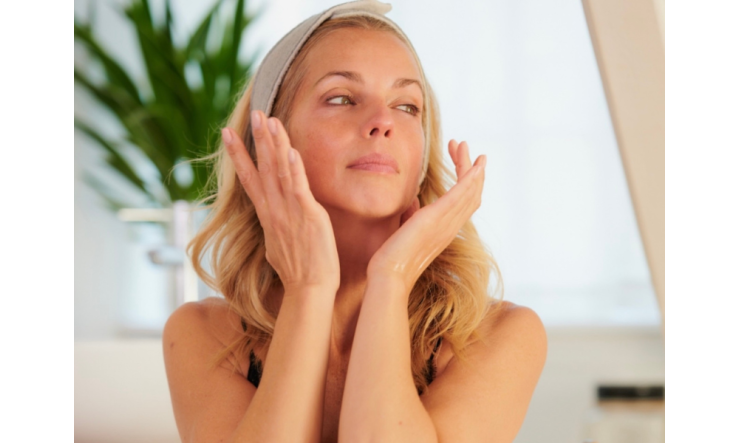

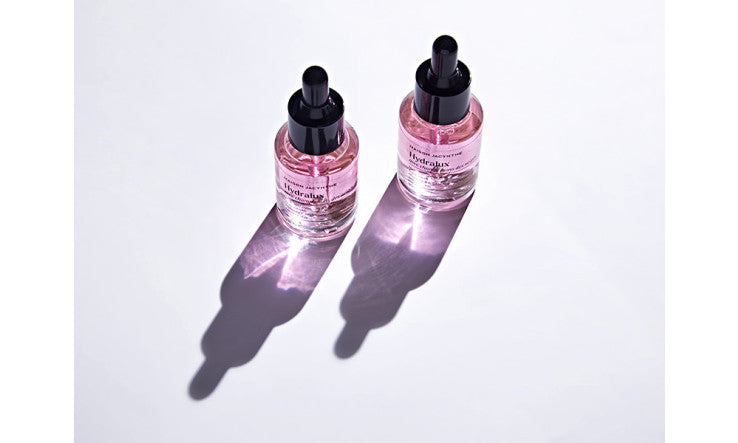






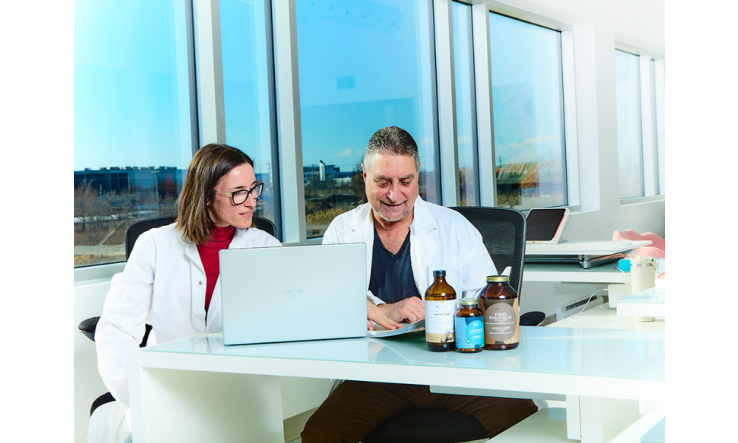
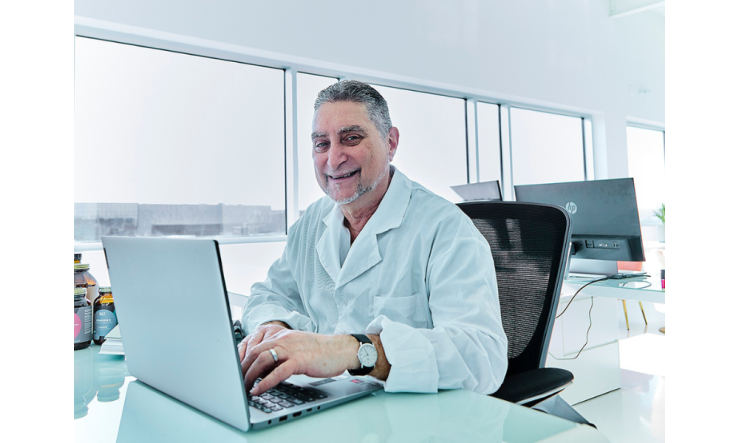
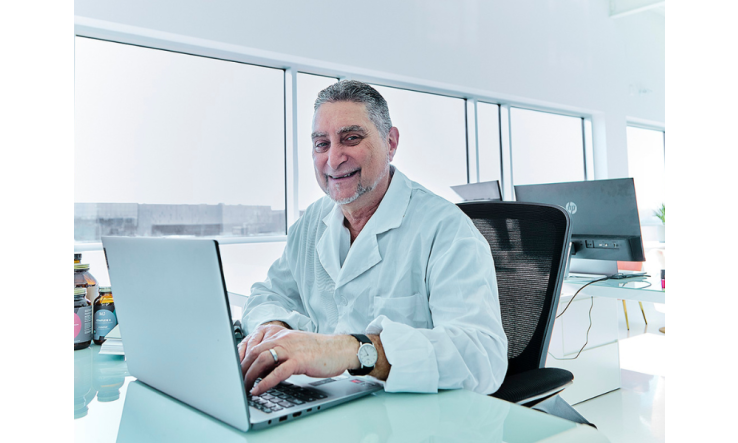


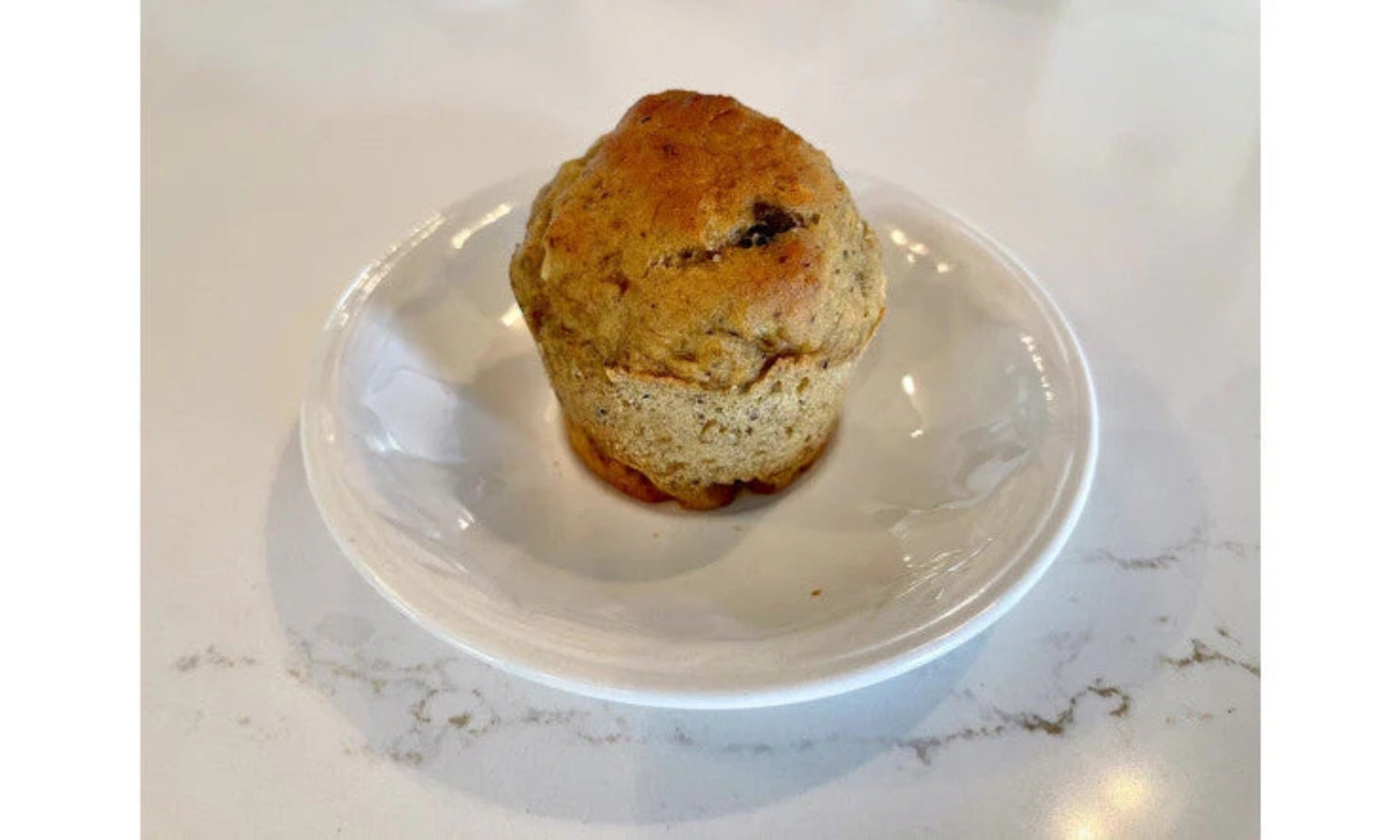
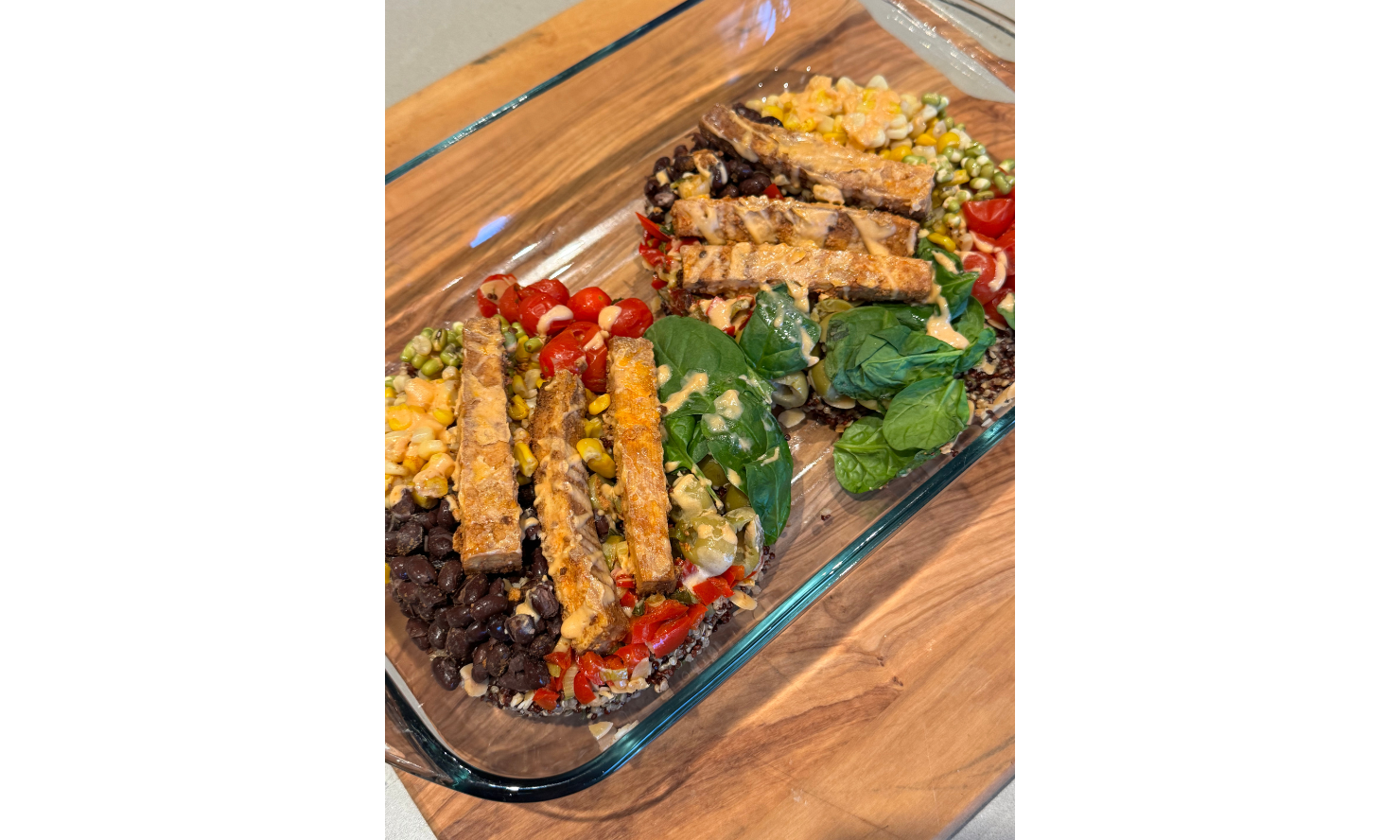
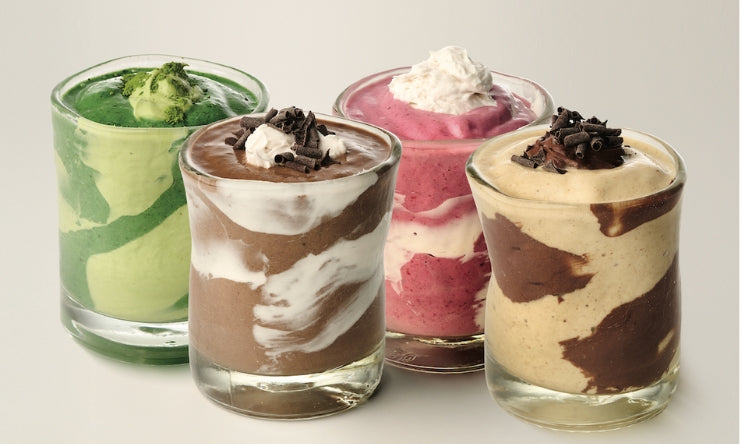
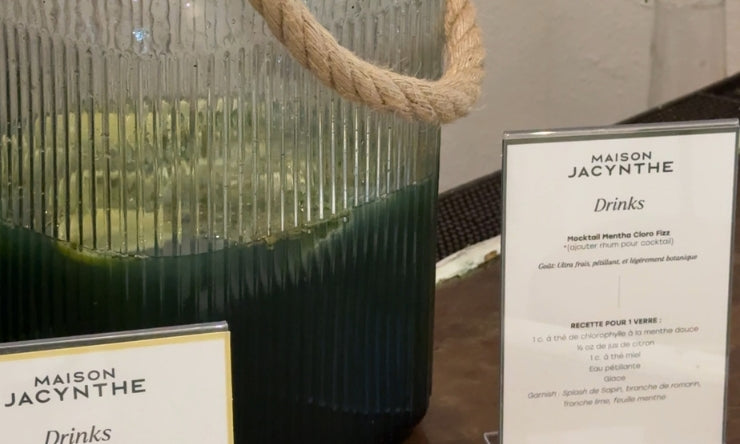



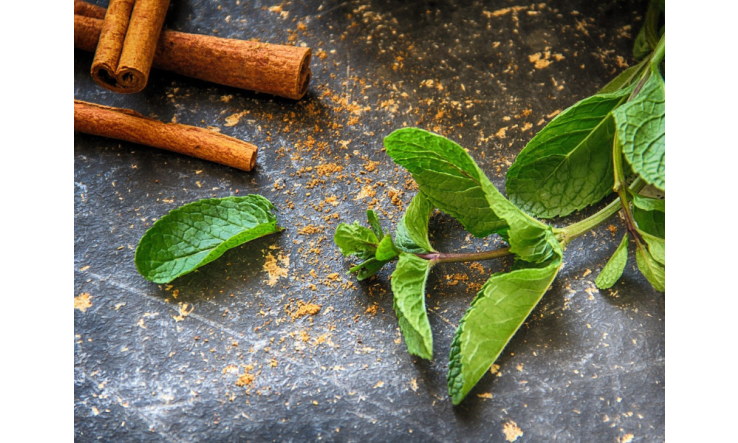
















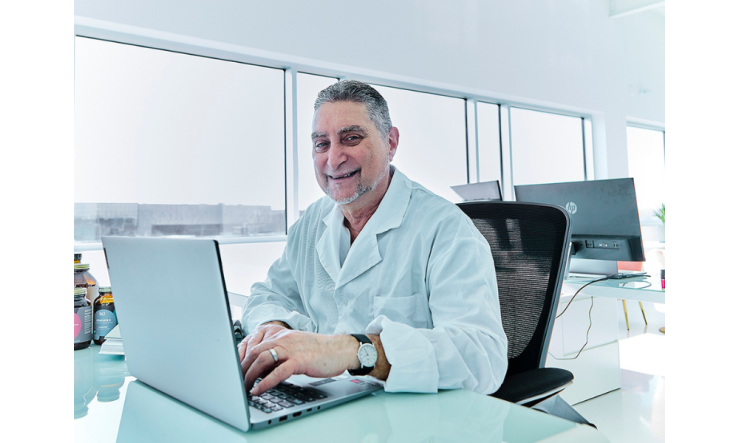







Leave a comment